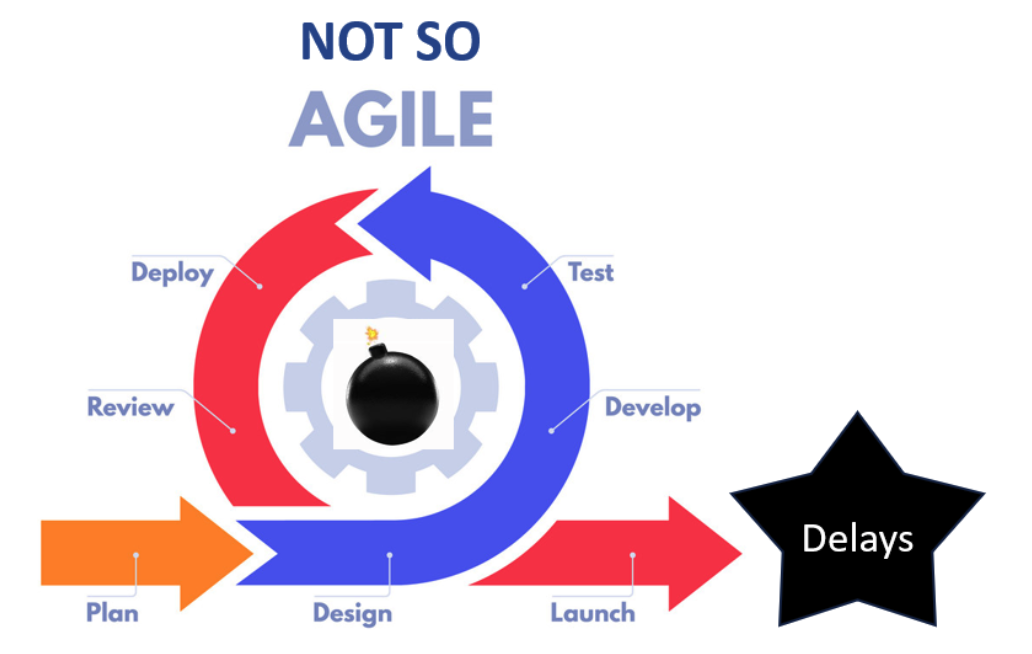Most technology and services companies know agile methodologies, they may have tested it or implemented it in some parts of the organization, on their IT/R&D teams, or wider.
Was agile a successful move for all of the organization in the end?
I have seen companies who implemented agile methods in their organization, especially in their IT/R&D (with Jira or other tools, with sprints, epics, stories…) trying to improve their performance, increase communication, to provide a better picture of their development/actions to perform, better manage changes of scope, and better connection with users and products teams.
Did it really solve companies’ problems?
I am asking this question because agile methods can create a real disconnect between development teams and the other parts of the organization, especially with product owners and business leaders. The disconnect can run deep, such as misaligned priorities, not having the same communications, different ways of reporting progress, and losing the big picture via tiny details…
In some cases, Agile may have helped from an IT/R&D perspective but may have generated many disruptions with other parts of the business as well. Going further, Agile can be twisted and used as a method by IT/R&D to serve their technical interests but not really the business with its leadership’s objectives and expectations. The risk is that IT/R&D teams use Agile to hide behind a list of stories, actions, complexity, and things to do to protect against commitment (for many reasons not detailed here). IT/R&D might even create its own project codes and priorities, but not necessarily aligned with business, leading to less control of progress, and difficulty in arbitration. Business teams don’t really understand the reasons, are frustrated, and have to become more technical to understand, because they want to know if the project will be delivered on time, quality, and budget.
As a business leader, product leader, or account manager, have you ever been frustrated by the answers provided by ‘agile teams’ when you ask for delivery dates, milestones, and commitments? The answers might not help to reassure your clients or may not be precise enough to update a project plan, adjust your roadmap, or report progress to the top management.
To ensure a proper reconnection between Agile teams and the business (that I consider as non-agile here), companies need really talented and well-trained middle management and of course great program/product managers. A good product/program manager will understand the significance of aligning Agile project metrics and KPI with your organization’s strategic goals and values. This is crucial as it helps to connect the Agile teams and stakeholders with a common purpose and direction. And more importantly, it helps to demonstrate the value and impact of your agile efforts to your senior management and customers.
PM/Product Managers have become key players, even more than they used to be. If they are not at the top of their game by playing an efficient bridge between all folks, you are or will surely go into an agile “mess” organization!
Do you relate? Just breathe, you are not alone in struggling with it.
Contact me, we have solutions for you. Schedule a call here

